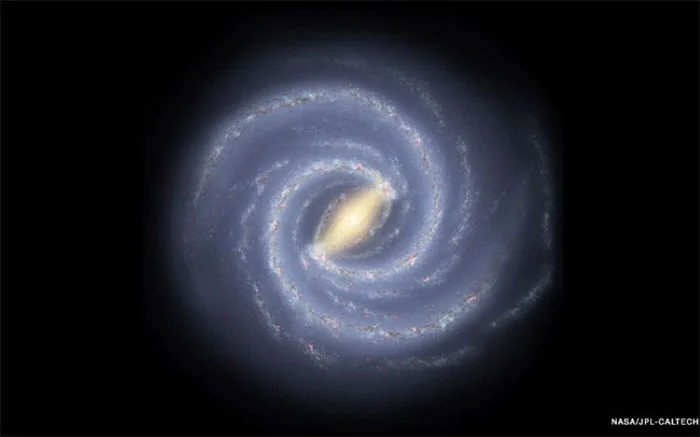Our galaxy is known to contain many stars. However, a recent study shows that a galaxy appears to contain almost 500 star fluxes.
Astronomers have discovered 8,292 star fluxes in our galaxy. Each thread is named corresponding to a Theia. Astronomers used data collected by the European Space Agency’s Gaia Space Telescope to study Theia 456. As a result, all 468 stars in this stream formed at the same time. This flow of stars is also moving in the same direction.
“Most of the time, star clusters form together. The interesting thing about Theia 456 is that it’s not a small cluster of stars, ”said study author Jeff Andrews of Northwestern University and the Interdisciplinary Center for Research and Discovery in Astrophysics. .
Stars often form in spherical groups, called clusters. However, more recent data has revealed other patterns, such as these stellar threads. Astronomers believe this phenomenon occurs when star clusters are split or stretched.
“As we became more advanced in instrumentation, technology and data mining capabilities, we have found that stars exist in more structures than in clusters. They often form a stream of stars in the sky, ”Andrews added.
This stellar flow has not been detected for a long time, as it exists in the galactic plane. This is where the flow of stars can easily be obscured by the 400 billion stars in the Milky Way.
The stars of Theia 456 have a similar composition. They all contain the same amount of iron. This suggests that it is very likely that all of them formed at the same time – around 100 million years ago. Astronomers also examine the changes in the brightness of these stars over time. They determined that the stars are spinning at the same speed. This is proof that they are the same age.
“If you know how the stars move, you can find out where they are coming from. When we reverse the clock, the stars get closer and closer. So we think that all of these stars were born together and have the same origin, ”said astronomer Andrews.
The discovery of the formation of these stars could lead to an understanding of the universe and how it is filled by galaxies and stellar flow.


